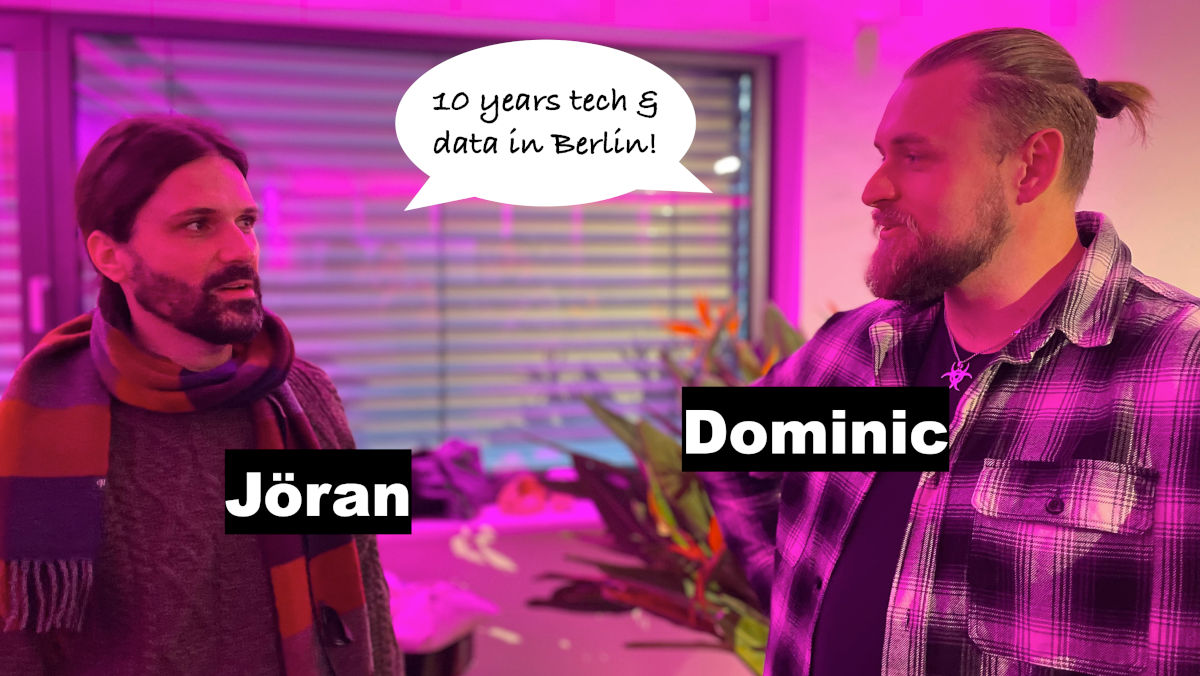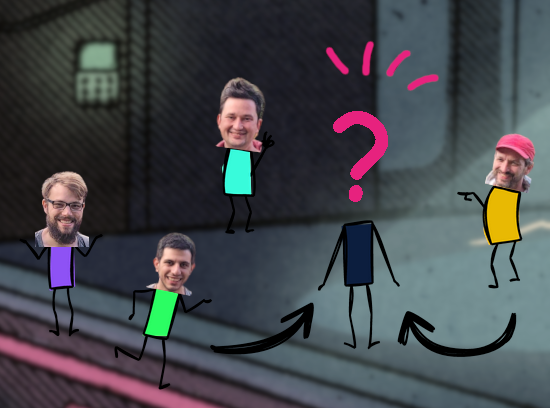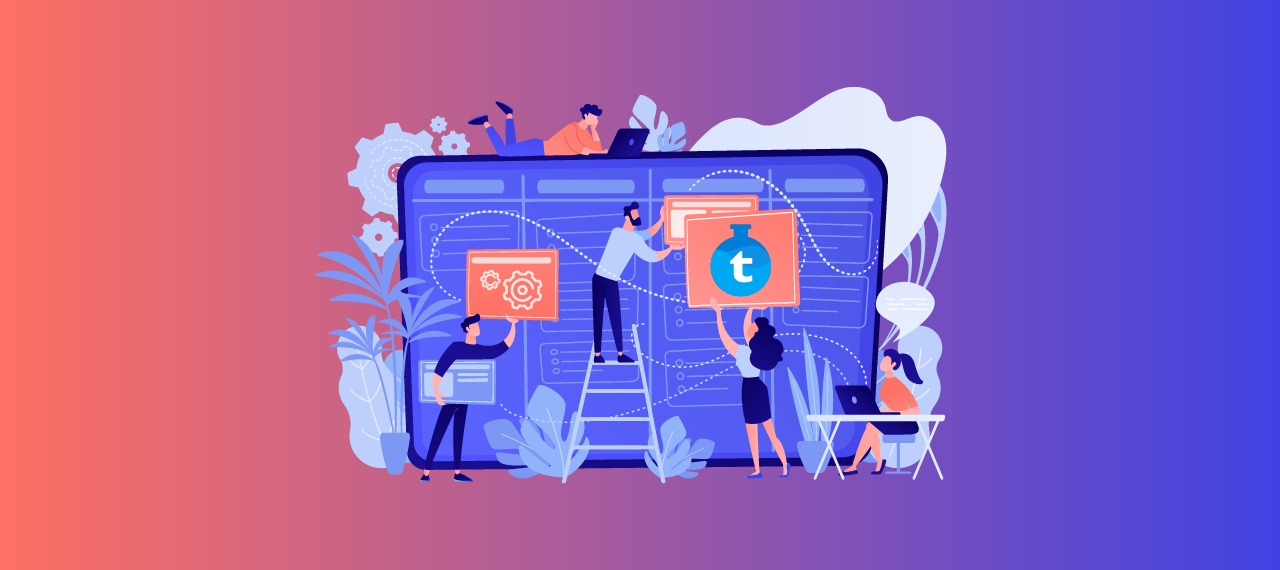Summer 2021: Home office routines are established, traveling is still difficult and the Web Team members are spread across Germany. It sounds tempting to retreat to your own personal skill comfort zone and bury your head in the sand. No way, now it's time for a day of Open Space!
Open Space - something about NASA, right?
Wait a minute, that was outer space. Open Space is the name of a big meeting of a group of people, in our case the Thomann Web Team. The "open" refers to the agenda, which is set on the day by all participants. Everything else is flexible for the time being, but it is advised to appoint a moderator at least for the start.
That's exactly what we did: Ralph, agile Coach, certified in – well actually everything. Not only did he plan the event, but he also guided us through the process.
Weeks in advance, he had massaged, pestered and bribed team members to gather as many topic suggestions as possible for the day, which were then pitched by each team member. Generally, the topics had to be in the tech, product, meta and music realm, taking up between 15 and 45 minutes. In addition, the format of the session was also important: There were exchanges, discussions, presentations, workshops and much more.
Since you get a lot of topic suggestions with almost 50 participants, but the average day has only 24 hours, we have split our Open Space like a Giga Conference into 3 stages and also kicked a few contributions from the agenda, by majority vote of course.
And because it would be kind of boring without a twist and we didn't want to have a mega sophisticated hygiene concept, our Open Space took place remotely. This means: Different calls as stages, a mural board as agenda and a dedicated call as “place” to stay between sessions.

Agenda is set, WiFi is stable, let’s get on with it.
Before and between sessions, we went back to our Google Meet again and again. For the individual presentations, however, we swarmed out to all kinds of other tools: Discord, YouTube livestreams, Zoom, Slack, Mural - everything the remote talker's heart desires.
To illustrate how such a session can look like, there is of course an example: Juli's “K-Pop-Metal-Remix” (very good) for 45 minutes on YouTube and Discord. The attentive reader already has an idea: It was about song mixing, mastering and sound design. This is a far cry from our usual dev and project topics, but it has a reason to exist: Our team lives music just as much as tech and design, and in order to offer customers an inspiring experience on our platforms, we all need to understand what our customers are up to and need. Juli presented one of his mixing projects step by step, so that even colleagues who had no idea about the topic (me, he he) could understand what exactly he was doing and what’s the result of this kind of black magic. The focus was a voice sample from the K-Pop genre and Juli produced a track together with us, live. The track can be described as something between K-Pop and Metalcore. We were able to watch and listen how he mixed individual sounds and finally put everything together into a coherent song. Including equalizer cleanup, so that each sound can shine in its own special layer. And he checked the phase shift, so that sounds on the same level don't cancel each other out and the whole thing blurs to an indefinable mush. It is important to superimpose the highs and lows of individual sounds in such a way that they come as close as possible to each other and thus ensure a clean sound image. Actually, something like this can't be done in 45 minutes. But Juli prepared everything so nicely that we were able to take a look at every step of the process and ask questions. Everyone took advantage of this opportunity. After just over an hour, we had to clear the stage for the next slot, we were basically kicked-out. But rumor has it that people were still asking for tips and tricks weeks later, because the talk was just so cool and inspired many of us to make their own magic happen.
Remote: yes, no, maybe?
Organizing an Open Space remotely brings some changes of course. Post-Its have to be stuck on virtual boards, you can't stretch your legs and grab snacks on the way to another room between sessions. Moreover, the barrier to share thoughts with others is a bit bigger.
But because everyone came together in the Meet every now and then between the sessions, there were plenty of opportunities to chat and ask what they had just missed on the other stage. Staggering the sessions a bit definitely helped. This way smaller groups of people formed, where it was much easier to break the ice than in a Meet with 50 people. In general, no one was forced to go to the talks for the whole day. So if you wanted to reflect or discuss a bit after a session, there was room for that in the Meet as well.
A tip for all those who think that one tool is not enough for their session: Make sure to test the latency deviations beforehand. In our case, a YouTube livestream had a delay of about 2 seconds to Discord, which can lead to confusion for less well-coordinated teams.
So, Web Team? How was it?
It's probably no secret that the Open Space was well received. Otherwise, this blog article would be called something like "waste of time, just don't do it". The team enjoyed it and everyone learned something new. It's not uncommon to hear words like "BOLD" or "MEEEGA" when people ask about Open Space. Most of them were also able to attend all the sessions they were interested in and exchange ideas with colleagues from other teams. Our conclusion: Best suited for everyone who wants to break up their daily routine without being unproductive or taking days off. Successful team building – even across the different teams – and new perspectives on our daily work, so Open Space 2021 will certainly not be the last Open Space.















